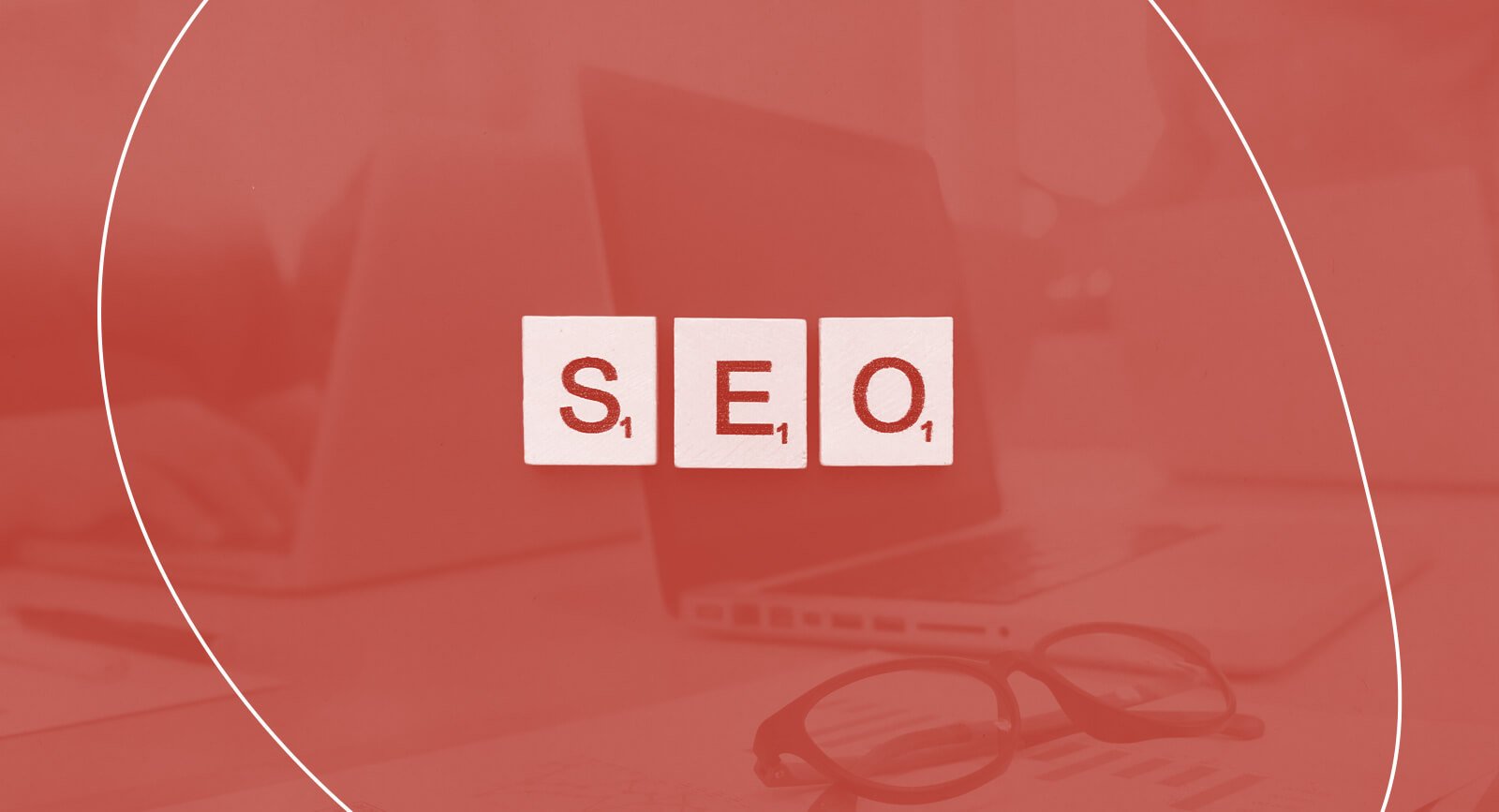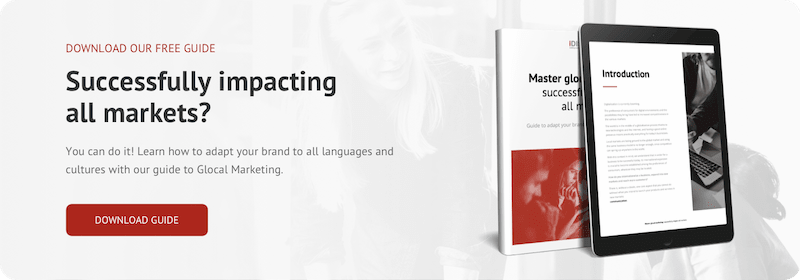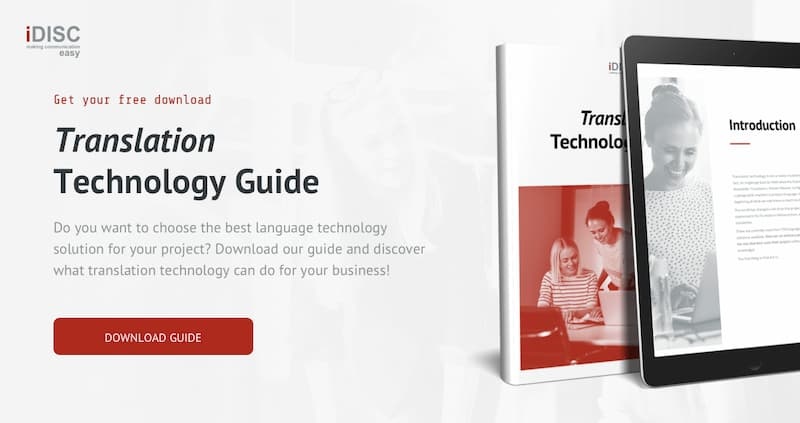Did you know that most shoppers looking for information online end up purchasing online?
According to Statista Digital Market Outlook, the unstoppable growth of global e-commerce will reach $4.2 trillion in revenue by the end of 2022 and estimates indicate that by 2025, online retail purchases will have increased overall by 5% compared to 2021.
For example, in Spain, according to IAB Spain’s recent “2022 e-commerce Study”, 93% of internet users use the web as their main channel for searching for information, and almost 80% of them end up purchasing online.
This is one of the main reasons why your website’s SEO takes on a leading role to make your business profitable.
Nowadays, web visibility is indispensable for any company that wants to gain a foothold in the market. Consumers are no longer just “shoppers”: they are online shoppers and online shopping has gained significant traction in recent years, far outstripping in-store shopping.
According to data from IAB Spain’s report, the number of online shoppers in Spain has grown, now hitting 24.7 million. This represents 78% of Spanish internet users between 16 and 70 years of age shopping online.
E-commerce is unstoppable and joining the digital bandwagon is the only possible solution to a scenario in which consumers are clearly showing how they like to shop through the widespread choice of virtual transactions.
This suggests that few businesses can avoid online visibility if they want to remain competitive, but is any old online presence good?
The virtual representation of your business may be the only way for users to get to know your brand. Getting your image and message right will be vital to connect with them.
This is even more important for companies marketing products or services internationally . One of the keys to reaching your target audience when taking your business international is to position yourself in the main search engines where your target consumers will be able to get to know you.
This positioning is a basic strategy for any business with an online presence and is achieved with a process that includes techniques and tools that optimize websites for search engines. This process is called Search Engine Optimization or SEO.
In other words, SEO allows search engines such as Google to identify the information on your website and deliver it to users. Therefore, the better the SEO, the more search engines will prefer your website and the higher up users will see your website.
Why is SEO so important for your business?
It is the tool for optimizing your content to influence the search engine algorithm to show it to users.
With this in mind, we should ask ourselves the following question: what happens to my SEO strategy when I translate my website into other languages?
SEO translation into the target language is essential for your website to be highly visible in your target market.
International SEO is used to position your website in different countries in different languages, hence why we need to keep it in mind. However, it is a factor often forgotten by companies.
Nobody will be able to find your website if your positioning strategy fails to pay attention to the keywords related to your product or service in the market where you want to establish yourself.
Do you want to know the most common mistakes to avoid when positioning your website in other countries?
Here is everything you need to know about international SEO!
International SEO mistakes not to make when translating your website
For a business to properly break into new markets, its website needs to have a good international SEO strategy from the beginning. This is often not planned right as a result of mistakes or oversights.
Read on for more detail about the most common mistakes to avoid:
- Not using different URLs for each international version
- Not choosing a web structure suited to your business’s needs
- Not adapting the translation of keywords
- Not translating hreflang tags
- Not having native and expert translators
Not using different URLs for each international version
This is a fairly common mistake, since people think that it is smarter to not create different URLs for websites in different languages in order to not lose authority of the original domain. However, this is not how it works for search engines.
Google, for example, will index your translated website’s URLs much better if each page has its own unique URL. In addition, although URL information is particularly important for search engines, it also provides users with specific information about the page regarding the main keywords or subject matter covered in them. What impression do you think a user searching in English will get from a URL with Spanish keywords?
When using a machine translation plugin, the different language versions of your website will normally be displayed under the same URL.
This negatively affects your website’s positioning, so we highly recommend your international SEO strategy includes translating the URLs of your website and having separate addresses for each language.
Not choosing a web structure suited to your business’s needs
Creating a good web structure is crucial when starting your business. At first, taking your business international may seem like a daunting task to embark on. With so many unknowns, you will likely not pay enough attention to the nitty gritty of positioning.
Web structure or architecture is the way in which the different pages of your website are organized , which determines hierarchical arrangement and how they are linked to each other.
When choosing the type of domain name your website needs, you must take into account several factors:
When you start your SEO strategy by focusing on a single country, a ccTLD domain (country code top-level domain) is usually used. This means that the domain by default becomes identified with the country of origin. In France, for example, it would be the domain ending in .fr.
This can be a problem when going international and positioning a website in other countries, something that does not happen with a gTLD domain (generic top-level domain), which is not associated with a specific country.
Of course, there is no single solution for a successful international SEO strategy. Depending on the characteristics and needs of your project, you will have to choose the most appropriate option.
For some businesses that already have a ccTLD domain and are looking to position themselves in other countries, the best alternative is to use region-specific ccTLDs. Another solution is to export the website to a new gTLD domain that makes it possible to create new subdomains for different countries.
Deciding on one without extensive experience is complicated, so the best option is to seek the advice of a translation service provider who is an expert in international SEO.
Not adapting the translation of keywords
Do you know what keywords are? These are words used by the content creators of a website to get a higher position on a search engine’s SEO ranking.
Keywords are search terms that consumers enter in search engines such as Google when they want information on a product or service.
To earn the trust of users and get your website ranked at the top of search engines, you will need to thoroughly research the terms related to your products and services, and use the ones able to attract qualified traffic, i.e., the terms able to attract potential customers to your website.
Translating keywords has to go beyond just translating from language A to language B, because what works in one country may not work in another.
This is why the target country’s keywords also need to be studied and the original content must be adapted to fit the needs and demand of said country while taking into account the overall goal.
For example:
The most common translation of the Spanish word “jersey” in US English is “sweater”; however, in the UK, the terms used to refer to this article of clothing, and the ones that shoppers will type in search engines, may be “jumper” or “pullover”. If we have not adapted this keyword right, we are greatly reducing the visibility of this product and, therefore, the likelihood that it will be found and purchased.
Not translating hreflang tags
Hreflang tags are programming language tags used to identify which page of a website should be displayed to users of each language and the relationships governing these pages.
This is a tag that the search engine itself detects and, when the user searches in another language, it automatically displays the content in the desired language.
If these tags are not set up right, it can lead to duplicate content and, more importantly, it can leave content unlocalized or not interpreted correctly by search engines.
Not having native translators
In the world of translation, more and more professionals are translating web content. However, would you leave your website’s localization in anyone’s hands?
Our recommendation: leave it to a native SEO expert. As a native speaker, they will be familiar with the target country’s most authentic and natural search terms, and it will be much easier for them to adapt content so that it does not miss the mark on users.
For translation to be effective, professionals need to go beyond just understanding the language, they need a firm grasp on its surrounding culture and context. When translation is left in the hands of professionals translating into their non-native language, nuances can be lost and the strategy can become ineffective.
The solution for a good international SEO strategy
The key to the solution is to understand the differences between your different target audiences according to the specific features of the market where they are located and to localize them correctly.
In order to successfully expand your business into different markets, you will need to offer market-specific products and services. Carefully mapping out a multilingual content strategy is extremely useful here.
To boost your website’s SEO positioning in other countries, you will need to create a multilingual website, that is, a website in several languages to increase your visibility internationally.
A good translation and localization of your website is a very powerful tool for effectively working on expanding your brand.
And the best solution to deal with this process is to rely on professional translators who are experts in multilingual content management.
Having an SEO expert in charge of translation is not enough. You will need a translator with experience in technical translation, SEO and transcreation to implement your international SEO strategy.
The following article on How to choose the right translation service provider , will offer you all the information and what it takes to choose the language provider that best suits your project’s needs.
Do you know where to find a partner to boost your international SEO strategy?
At iDISC, we are a translation agency focused on marketing, SEO and multilingual content translation. Get in touch for more information. We would be delighted to help you.
If you want to discover more interesting articles, feel free to visit our blog.





